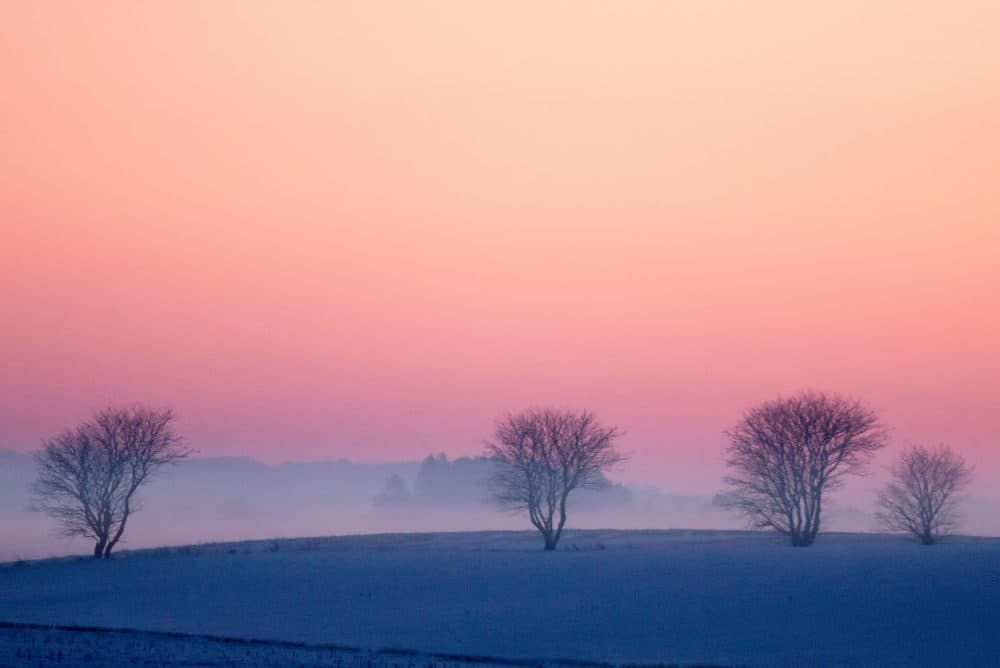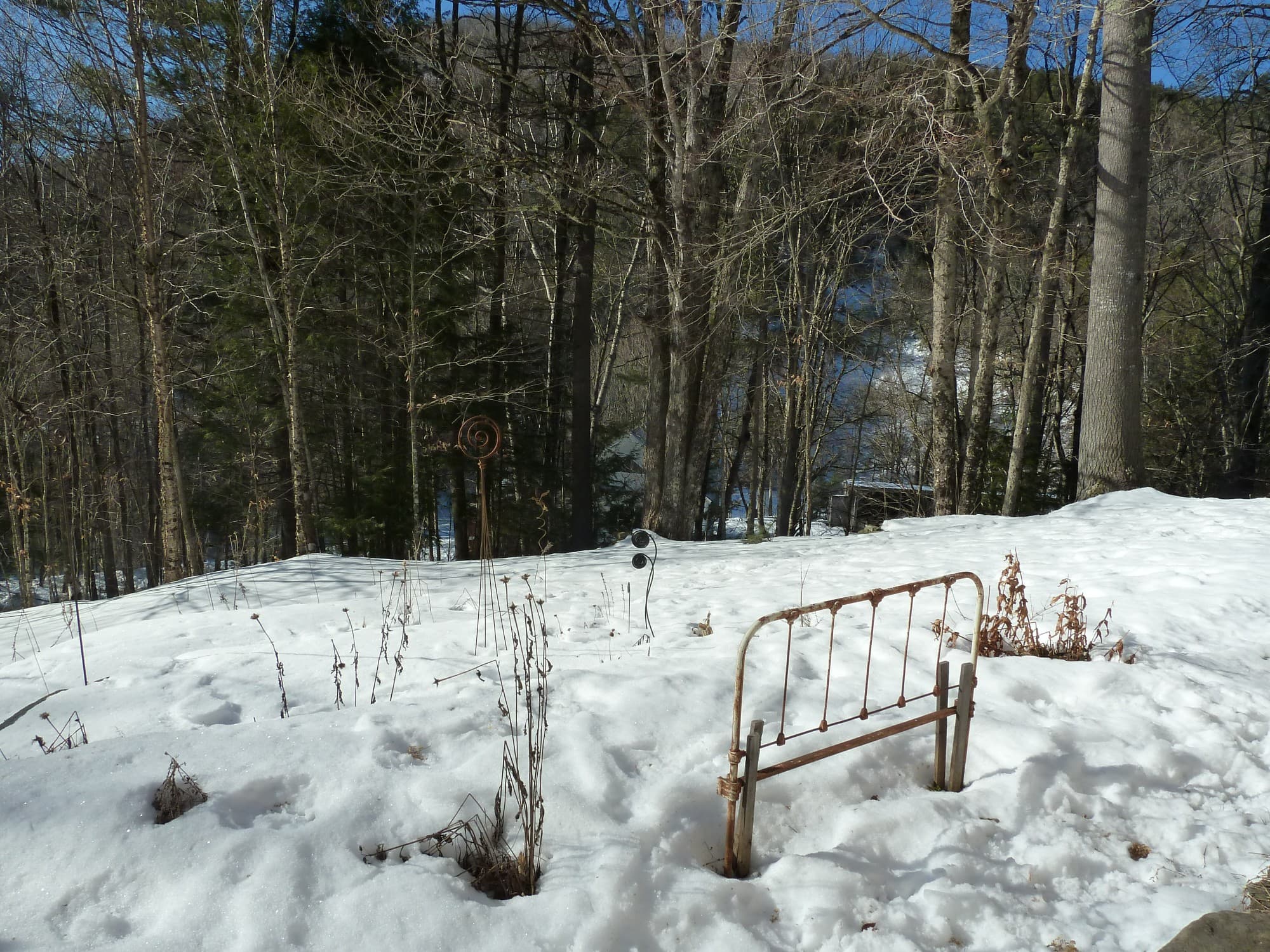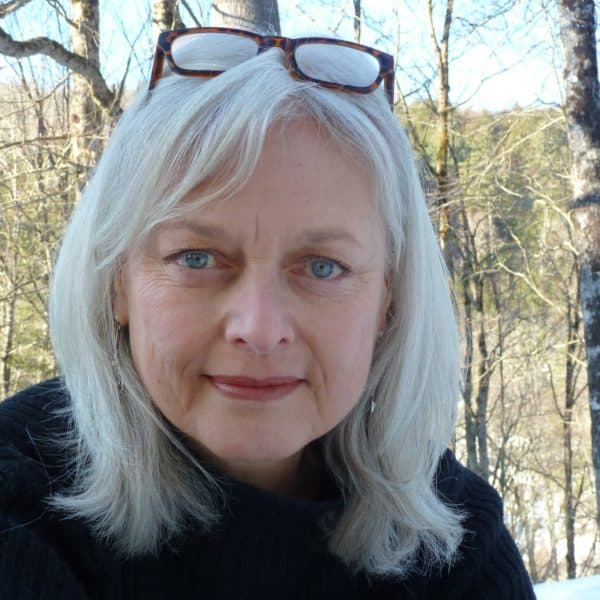Advertisement
Commentary
I hated winter, until I learned its secrets

“I hate the change to standard time,” my friend, Bobbie, tells me. “Why can’t we stick with daylight saving year-round? It’s dark so early.”
I used to agree with Bobbie. I hated the inky afternoons, the drive home from work in the dark, cold grays and browns followed by snow and ice. Idiot drivers without snow tires, slipping and sliding on bald treads. I hated the veil that cloaked my brain, too, gloom crawling into the crevices. Time in my own head, the most frightful of seasons.
But there is life in the darker months, in winter. It’s just harder to see. Ok, the birdfeeders, yes, a burst of chatter and flying millet as blue jays search for sunflower seeds. The nasal drone of nuthatches, the Cirque du Soleil acrobats of the avian world, feeding upside down or upright. I get nauseous just thinking about it. And the woodpeckers! Ladder-backed in black and white, the males with a ring of red at their throats, banging their beaks into a brick of suet.
There is also life unseen. In the woods and the woodpile, in the mass of leaves and soft dirt where toads burrow down to hibernate — survival by going deep, going inside.
Is that what we humans need too? Is that what I need?

For years, I felt like the poster child for Seasonal Affective Disorder, or SAD. I hunkered down inside my internal gloom. Mental health professionals tell you serotonin and its chemical sibling, melatonin, are to blame. Decreased production reduced me to Pavlov’s dog with the switch turned off for winter.
I tried sitting by my window soaking up the rays when the sun emerged, but it wasn’t giving me the emotional boost I craved. I resisted buying the light therapy lamp a friend recommended. Isn’t the sun supposed to be the ultimate happy lamp?
One bleak January, I stumbled on a notice for free meditation classes at a local massage therapist’s studio. Five Tuesday evening sessions. Maybe meditation could stop the anxious chipmunk chatter in my brain.
Judy, a beatific woman with kind eyes, greeted our small ragtag group. Her posture perfect, as if an invisible string connected her up to the heavens. Judy shut off the lights and launched an “Om” chant on her iPhone after first giving us the basics — focus on the breath or “Om." If a thought comes into your mind, acknowledge it and let it drift out without judgment.
Advertisement
“We’ll try for 20 minutes,” she said. My shoulders inched up towards my ears. My stomach growled.
I hated the inky afternoons, the drive home from work in the dark, cold grays and browns followed by snow and ice.
My first two meditation sessions felt like a bust. My back hurt from sitting up straight instead of slumping back into the hard plastic chair. I reprimanded my inner critic for controlling my thoughts. But in our third meeting, an odd thing happened. I changed my breath mantra from “Om” to “home,” then to “home free” and finally, “free.” And for a moment, the anxiety and sadness, the critic that I always carry with me retreated. I went inward, and — I know it sounds hokey — I felt love: for imperfect me. I felt connected, safe, at peace. And it happened in the dark on a slushy, raw January night in a roomful of strangers.
Understanding started to seep into my brain. It was just a glimmer, but I have tried to hold onto it. How would I appreciate the light, the sun, the flowers, the life of other seasons, without the dark? Is that what snowbirds miss in their quest to avoid the cold? Even sun becomes boring, underappreciated, shunned to avoid skin cancer. Every season has its dark side.
My darkness still creeps in. I look for the signs, ready to pounce and tamp it down. Meditation helped me see darkness, and winter, not as something to escape and fear but to embrace and accept.
All my life I’d told people I loved New England because of the change of seasons. But how can this be true if I don't respect all of them?
I imagine in my next conversation with Bobbie we will still be debating daylight saving. But I will tell her that I’ve learned to love the shorter winter days, especially at sunrise and sunset. I will remind her that winter is followed by spring.
The sun sinks behind the ridge. The last rays highlight the muted Dijon-mustard yellow finches that dot the garden, feasting on coneflower seed heads: a dinner buffet below my large south-facing window. The last of the warm glow. My flower bed and veggie patch are now a jumble of sad plants mushy with frost, soon to be enveloped in a blanket of white — reborn as new shoots in the spring.
